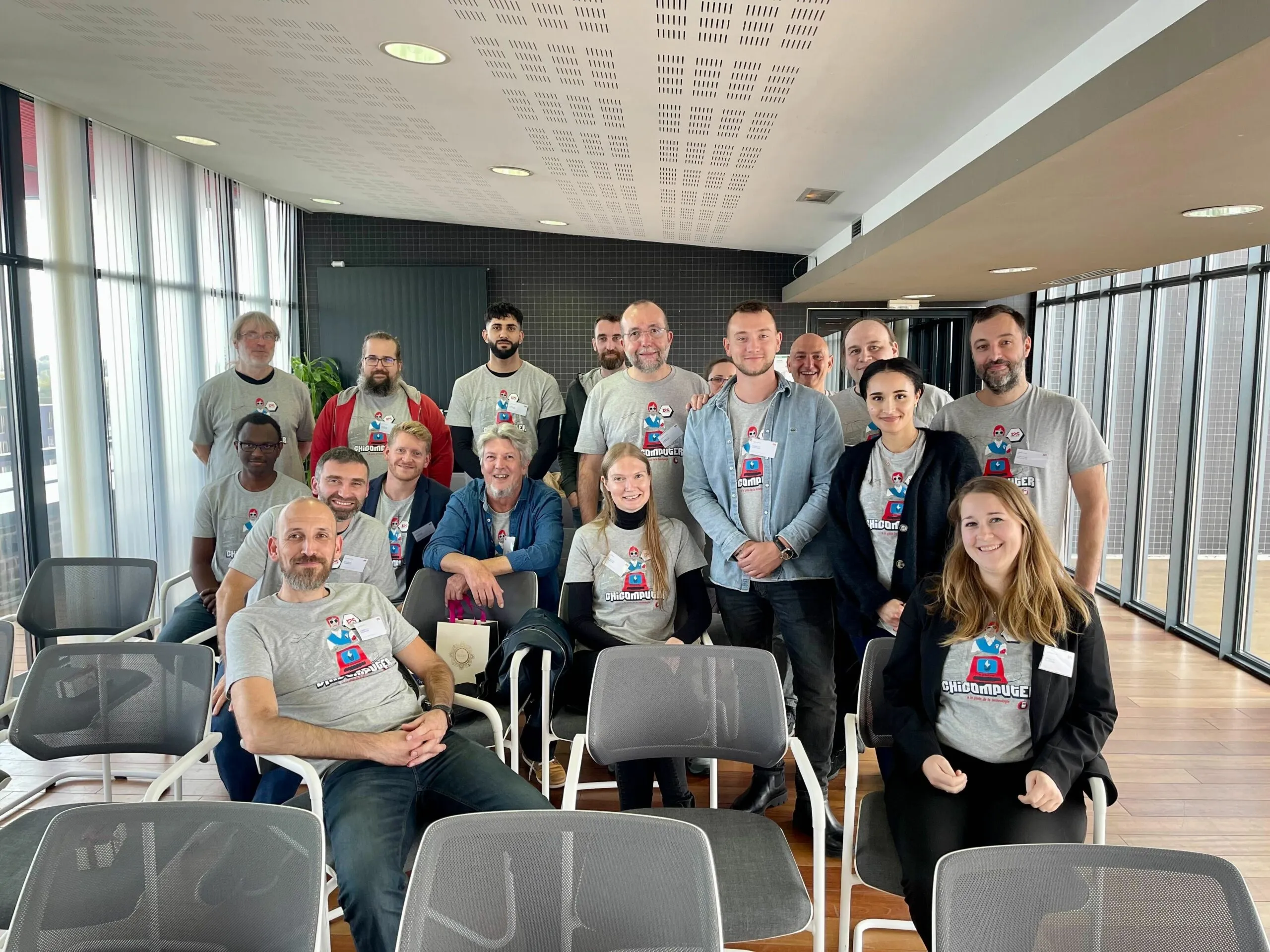A few months ago, a new integrator joined the J2S team. During this interview, you will be introduced to Hugues Dupont, our newcomer. During this first interview, Hugues shared about his arrival at J2S, his home training with J2S solutions, and his experience in the publishing industry, a sector that he knows very well. You will find out about Hugues’ impressions of the solution in a new edition of Chez J2S.
In the meantime, we’ll let Hugues tell us more about his arrival.
Caroline Balavoine: When did you arrive at J2S? And how was your arrival in this unusual time period?
Hugues Dupont: I arrived 3 months ago (in January), a complicated period because of the pandemic situation. The whole J2S team has worked from home since the first lockdown in March. I received the necessary equipment at home, training information on the software. I met the team members online, as well as the project meetings, which were done at a distance.
C.B.: How did your training go, did you find it easy to become familiar with the software?
H.D.: I had been using Microsoft Teams for a while before, so it was quite intuitive to switch to its predecessor Slack. Once I was equipped for the exchange I was ready for my training. I quickly realized that my fellow trainers were already used to training remotely, with clients located all over France (and beyond).
During the Simple Workspace training, I shared my screen with my co-workers (trainers): Hugo, Eric, and Lieven (also a newcomer, this will be the subject of another interview).
The exchanges were fluid when sharing folders, files, exercises, etc. all done live.
C.B.: Tell us about your job and your missions?
H.D.: As an integrator, I am in charge of creating modules and templates for clients. I automate the creation of “Print” media for clients. The types of media include catalogs, product sheets, press articles or magazines, etc.
I use Module Editor to integrate each component of an InDesign layout (images, pictograms, logos, and all types of text fields). The goal is to link the components to each element described in the Simple Workspace database.
Once the module is created, it is defined as a specific layout (promotional offer, crossed out prices, A3, A4 layout format…) and can be automated in a project. Later on, this module can be used for a poster or an article with different contents.
It should be noted that one module = one offer, so there are many possibilities on a whole catalog.
What is also interesting is to ” dig into ” the conditions, I’ll explain… For example, in the case of a product sold without a discount, it is necessary to create a specific module that will not show a special price.
The tool’s conditions are very effective when the product is discounted at the last minute.
Indeed, with the help of synchronization, a special price or a percentage discount will appear… of course if it has been well thought out beforehand.
C.B.: Could you tell us what skills you need to have to do your job?
H.D.: In my opinion, you always have to be determined, positive, and open-minded, that’s what allows you to discover new horizons, to keep moving forward, to improve your skills.
I believe that you must know how to adapt to the evolution of this profession which is constantly changing since the rise of the internet… from now on these fields belong together.
C.B.: You are very familiar with publishing, aren’t you? Tell us a little about your previous experiences, what positions have you held?
H.D.: To avoid any drowsiness, I’ll try to be brief…
Indeed, I originally came from the print industry, and I mean originally because, with the evolution of the Internet and the rise of e-commerce, the profession has somewhat evolved. I started in 2000 as a model maker for Daxon (a clothing retailer for elderly people) where I had the chance to work for 16 years. We started from a blank page up to the printer’s delivery.
I produced a lot of catalogs, did the picking of existing offers, and created new collections in the textile field (drawings for the pre-models, modules, layouts, follow-up of shoots).
Afterward, I changed departments by joining the Marketing department, which allowed me to discover another facet of the job, which I did not know at that time.
During this period I created newsletters, home pages, landing pages, etc. for various commercial events.
I was also a referent on the Perigee database, which many B2B companies were using.
Around 2015 Daxon decided to change its solution, choosing “Maps” and using it with Easycatalog.
In partnership with Vert Baudet and Cyrilus, I had the opportunity to see the solution implemented just a few months before my departure at the end of 2016.
Thereafter I followed a long training as a Webdesigner (1,200 hours) a job which had evolved a lot on the Web site, I reviewed the latest versions of Adobe software, I spent the following months on the different programming languages such as HTML, CSS, to finish with JavaScript and PHP.
Then I spent 3 months at Bernard’s where I worked on HTML and SEO (Search Engine Optimization). After that, I switched between agencies and advertisers, like recently with JPG to work on print as well as on the web.
That’s it for me! Now you know my background.
How much do I owe you for the consultation?
We wish many successes and projects to Hugues, whom you might meet very soon on Microsoft Teams or Google Meet.
Hugues told us about his journey in the publishing industry, and you could also see how quickly he got familiar with the Simple Workspace portal.
As mentioned earlier, this interview is not over yet, Hugues also shared his impressions of the solution.
Stay tuned to Chez J2S and see you soon for the second part of Hugues’ interview.
In the meantime, contact us for a demonstration of the tool!

C. Balavoine
Sales & CSM











